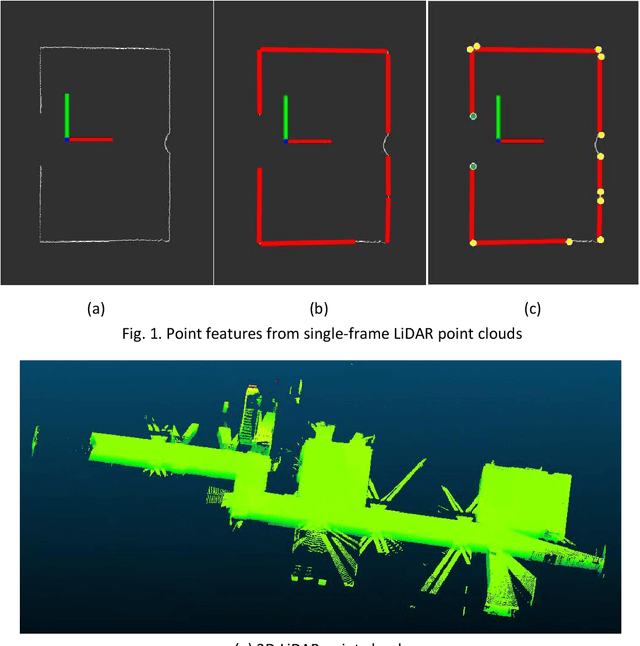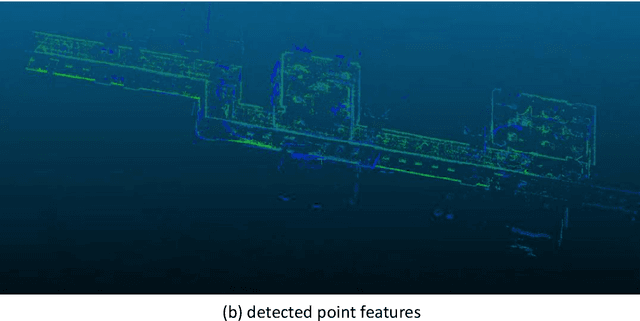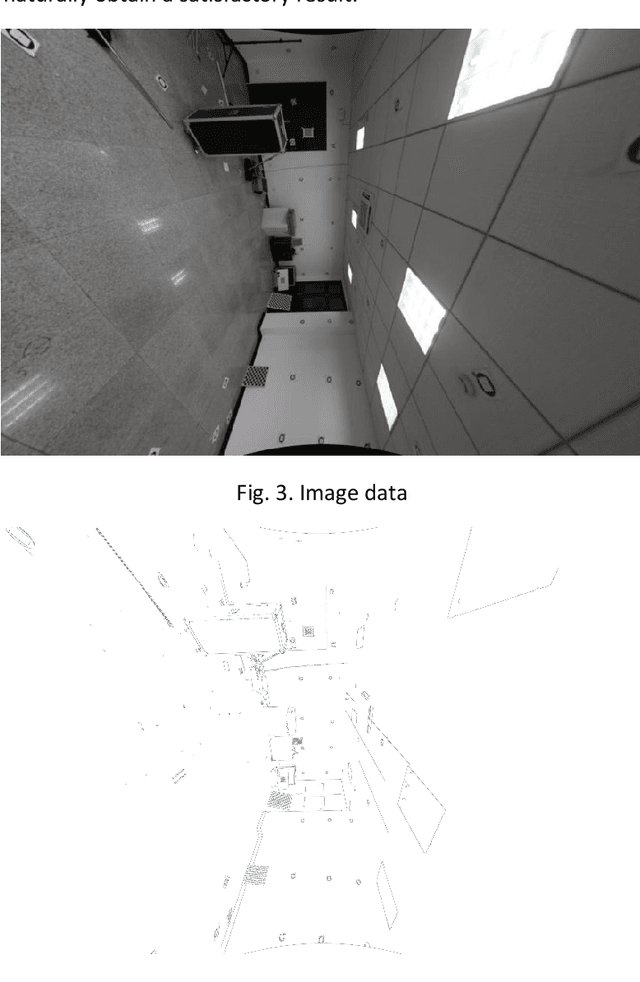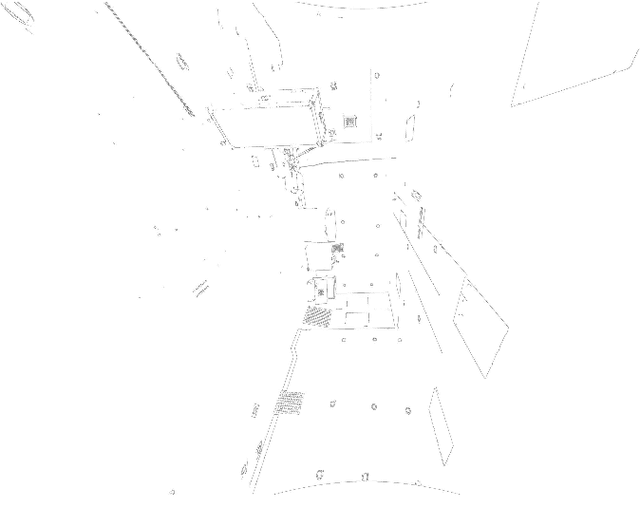Zemin Wang
State Key Laboratory of Information Engineering in Survering, Mapping and Remote Sensing, Wuhan University
A Tightly Coupled LiDAR-IMU Odometry through Iterated Point-Level Undistortion
Sep 28, 2022

Abstract:Scan undistortion is a key module for LiDAR odometry in high dynamic environment with high rotation and translation speed. The existing line of studies mostly focuses on one pass undistortion, which means undistortion for each point is conducted only once in the whole LiDAR-IMU odometry pipeline. In this paper, we propose an optimization based tightly coupled LiDAR-IMU odometry addressing iterated point-level undistortion. By jointly minimizing the cost derived from LiDAR and IMU measurements, our LiDAR-IMU odometry method performs more accurate and robust in high dynamic environment. Besides, the method characters good computation efficiency by limiting the quantity of parameters.
A Method of Generating Measurable Panoramic Image for Indoor Mobile Measurement System
Oct 27, 2020



Abstract:This paper designs a technique route to generate high-quality panoramic image with depth information, which involves two critical research hotspots: fusion of LiDAR and image data and image stitching. For the fusion of 3D points and image data, since a sparse depth map can be firstly generated by projecting LiDAR point onto the RGB image plane based on our reliable calibrated and synchronized sensors, we adopt a parameter self-adaptive framework to produce 2D dense depth map. For image stitching, optimal seamline for the overlapping area is searched using a graph-cuts-based method to alleviate the geometric influence and image blending based on the pyramid multi-band is utilized to eliminate the photometric effects near the stitching line. Since each pixel is associated with a depth value, we design this depth value as a radius in the spherical projection which can further project the panoramic image to the world coordinate and consequently produces a high-quality measurable panoramic image. The purposed method is tested on the data from our data collection platform and presents a satisfactory application prospects.
A Simple and Efficient Registration of 3D Point Cloud and Image Data for Indoor Mobile Mapping System
Oct 27, 2020



Abstract:Registration of 3D LiDAR point clouds with optical images is critical in the combination of multi-source data. Geometric misalignment originally exists in the pose data between LiDAR point clouds and optical images. To improve the accuracy of the initial pose and the applicability of the integration of 3D points and image data, we develop a simple but efficient registration method. We firstly extract point features from LiDAR point clouds and images: point features is extracted from single-frame LiDAR and point features from images using classical Canny method. Cost map is subsequently built based on Canny image edge detection. The optimization direction is guided by the cost map where low cost represents the the desired direction, and loss function is also considered to improve the robustness of the the purposed method. Experiments show pleasant results.
 Add to Chrome
Add to Chrome Add to Firefox
Add to Firefox Add to Edge
Add to Edge